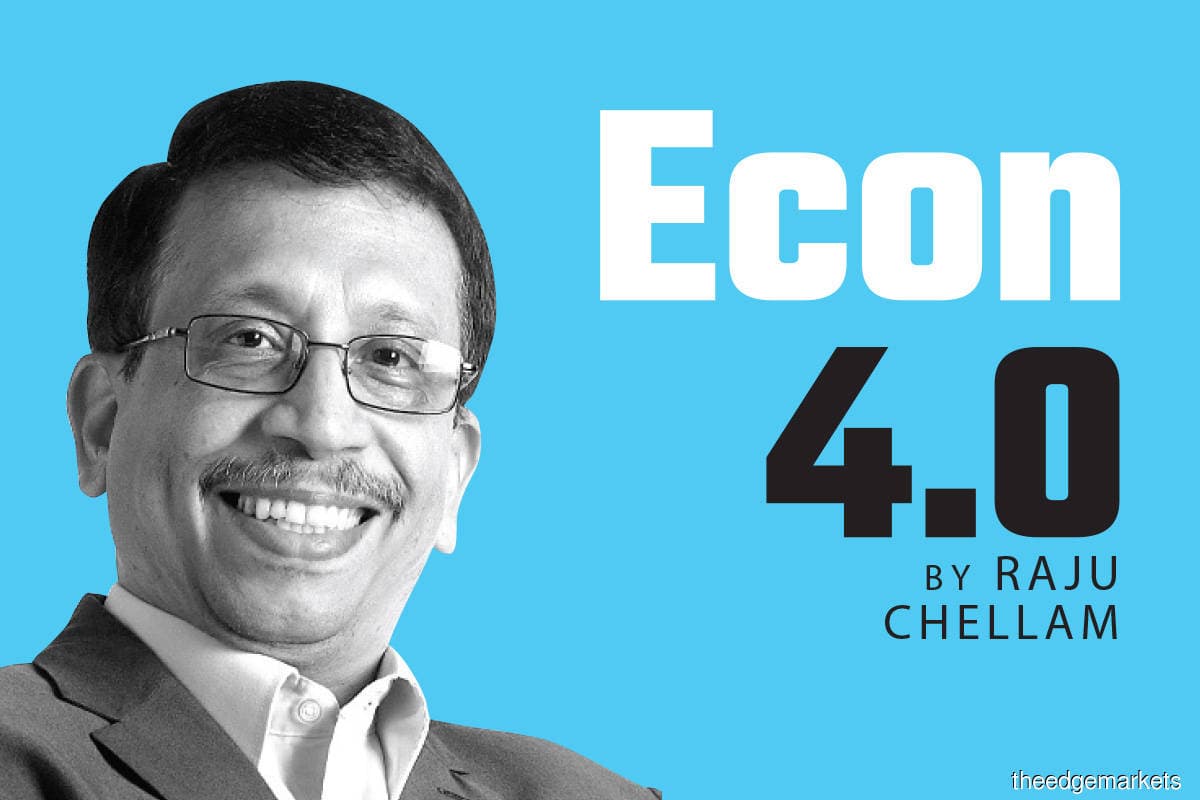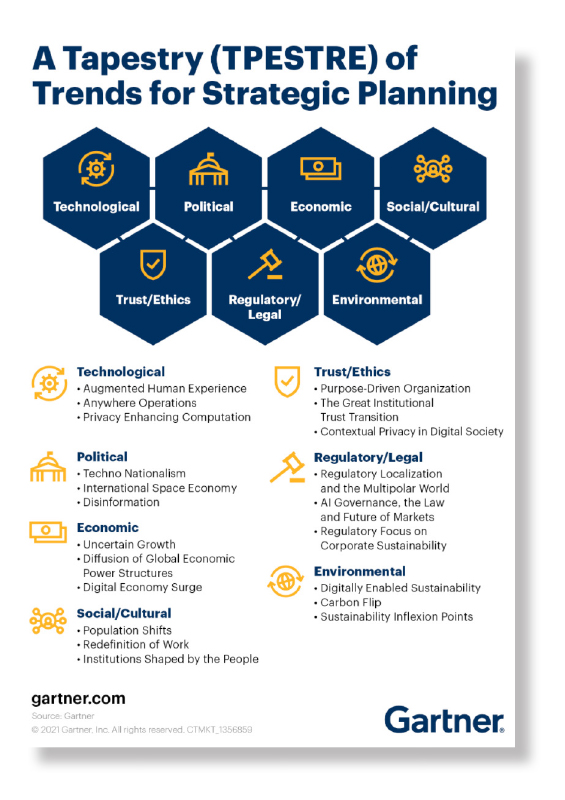
This article first appeared in Digital Edge, The Edge Malaysia Weekly on October 11, 2021 - October 17, 2021
Here is a story with a strategic twist. Sam is a salesman at a software firm and earns a salary of RM15,000 a month. Owing to the Covid-19 restrictions, all travel has been curtailed and the company has announced that commissions on sales will be paid out only at year-end.
Sam is therefore surprised to see that the company has credited RM25,000 as salary for June 2021. He rejoices quietly and does not enquire why the additional amount was paid. He is shocked, however, when he notices that his salary for July is only RM10,000.
“I’m shocked to see that my salary was sliced in July,” Sam complains to the head of finance. “Why?”
“In June, you received an excess payment and didn’t complain,” the finance manager replies. “Why?”
“That’s because I’m a very forgiving man,” says Sam. “l always forgive the first mistake. But when you make a second mistake, that needs to be called out and corrected.”
During normal times, that would be considered a sober, strategic response to a salary snafu. But, then, these are not normal times. The pandemic has put pressure on boards and top management to rethink corporate strategy. The world is undergoing increasingly rapid, unpredictable and unprecedented change. However, most companies have remained persistently focused on near and medium-term earnings across industries and have assumed that business conditions will smooth out over time. Will they?
A study by management consultancy McKinsey & Co notes that catastrophic events will grow more frequent but be less predictable and will unfold faster but in more varied ways. The digital and technological revolution, climate change and geopolitical uncertainty will play significant roles.
“2020 was a wake-up call. To thrive in the coming decade, companies must develop resilience — the ability to withstand unpredictable threats or change and then to emerge stronger. On the tech front, the digital revolution has increased data availability, the degree of connectivity and the speed of decisions,” says McKinsey.
That offers transformational promise but it also comes with the potential for large-scale failure and security breaches, together with a rapid cascading of consequences. “It also increases the speed at which a company’s reputation can change in the eyes of consumers and employees,” McKinsey notes.
“In a world where the future is uncertain, and change comes fast, companies need to look beyond short-term performance and basic organisational health. They must be able to not only withstand unpredictable threats or change but emerge stronger and be resilient.”
THE PROGNOSIS
In July, the Asian Development Bank revised its growth projection downward slightly to 7.2% for 2021 (from 7.3% previously), following a surge in the Delta variant in many Asian economies. ADB downgraded Southeast Asia’s growth forecast from 4.4% to 4% in 2021. ADB notes that recovery continues to gain momentum in Asia, but recent outbreaks of Covid-19, driven in part by new variants, have resulted in a drag on recovery in several economies.
The prognosis? While many long-term plans were put off because of the pandemic, corporate executives need to implement a strategic planning process for future revenue growth. Consultancy firm Gartner says organisations must actively prepare to respond to future disruptions and anticipate change.
How can they do that? By actively scouting for and evaluating trends that may affect the company. In February, Gartner’s survey of 154 business and IT leaders found that only 38% of firms performing trendspotting had a defined or formal process; most used an ad hoc approach.
“A deliberate approach ensures that executive leaders consider trends and disruptions that exist outside of their core responsibilities, where emerging trends may be more familiar. Executives who are not adequately trendspotting already may miss critical inputs to their strategic assumptions and planning. That leaves their organisation exposed to blind spots and risk, limiting their ability to capitalise on these opportunities,” says Marty Resnick, a vice-president at Gartner.
Gartner places significant trends and disruptions into seven major categories — a tapestry or TPESTRE — to build planning assumptions relevant for their strategic plans. The vital trend areas to evaluate are:
• Technological: The evolution, impact and disruption of tech change;
• Political: Attitudes, institutions and legislation shifting the political environment;
• Economic: Factors in the local or global economic sphere that influence businesses and governments;
• Social/Cultural: Attitudes, behaviours and lifestyles of individuals and societal groups;
• Trust/Ethics: Ethical expectations, behaviours, duties and biases of people and companies;
• Regulatory/Legal: Changes in laws and regulations to reward or punish specific behaviours; and
• Environmental: Technical, political, economic, cultural, ethical and legal changes supporting environmental protection and sustainability.
Many companies and government bodies are turning to the new kid in town — artificial intelligence (AI) — to help find strategic solutions or directions. Businesses and organisations across all industries are increasing investments in AI to create competitive advantages through improved customer insight, greater employee efficiency and accelerated innovation. The new study from International Data Corp (IDC) says global spending on AI systems will jump from US$85.3 billion (RM355.9 billion) in 2021 to more than US$204 billion by 2025. That is a compound annual growth rate (CAGR) of 24.5%.
“The disruption due to the pandemic has been unsettling, but it is also serving as a catalyst for innovation, growth and business transformations. AI expertise is now focused more on developing commercial applications that optimise efficiencies in existing industries,” says Ritu Jyoti, group vice-president for AI and automation research at IDC.
“Acceleration of AI adoption and proliferation of smart, intuitive ML/DL (machine learning and deep learning) algorithms will spawn the creation of new industries and business segments. It will trigger new opportunities for business monetisation.”
The two most prominent use cases in AI? Automated customer service agents and sales process automation. These two will account for US$15.9 billion (18%) of all AI spend this year.
“While this shows an orientation towards better customer experience across industries, how the solutions are used will vary from industry to industry. For example, the federal and central government will use AI solutions to help constituents find the most suitable government service. Retail will focus on helping shoppers to identify additional items to purchase,” says Jyoti.
MALAYSIA’S MISSION
In July 2019, Malaysia Digital Economy Corporation (MDEC) announced its DIF5 (Digital Investments Future Strategy), a five-year plan (2021 to 2025) focusing on five tech thrusts — agritech, healthtech, cleantech, edtech and fintech (including the Islamic Digital Economy). MDEC says it has attracted RM345 billion in investments since 1996 and helped create 184,396 jobs.
“We have the necessary capabilities, capacities and facilities to drive Malaysia’s digital economy into high gear. We plan to boost the use of RPA (robotic process automation), data analytics, knowledge engineering, and setting up more CoEs (centres of expertise),” says MDEC senior vice-president of investment Raymond Siva.
The goal is for DIF5 to achieve the following by 2025:
• Attract RM50 billion in investments in the digital economy;
• Focus on five industry sectors, five focus tech, five emerging tech and digital global business services;
• Attract 50 Fortune 500 tech companies to set up shop and expand in Malaysia;
• Establish five unicorn companies; and
• Create 50,000 high-value jobs in the Multimedia Super Corridor (MSC).
“These industries are based on the strategic national industries for digitalisation and have also been mapped to the national priority sectors. Digitalisation of these industries will have a high impact on investment, jobs and contribution to GDP,” says Siva.
“Moreover, the size and potential of these sectors would also draw large global companies, where Malaysia could benefit from international partnerships with local companies and the resulting technology and knowledge transfer.”
There are signs of traction. Clarivate set up its global business centre in Penang, becoming the 100th MSC-status company from the UK. Clarivate was formed in 2016 when Onex Corp and Baring Private Equity Asia acquired Thomson Reuters’ intellectual property and science business. In May 2019, Clarivate merged with Churchill Capital and was listed on the New York Stock Exchange. Clarivate can employ up to 200 people in Malaysia.
Juwai IQI, a real estate and media tech group, set up its global R&D headquarters in Kuala Lumpur and could see a headcount of 1,000. The group was formed in July 2019, following the merger between IQI and Juwai.com. It sells real estate in 15 countries under the IQI brand and markets real estate from 90 countries under Juwai.
The bottom line: How strategic are you? As strategic as you need the results to be. Here are quotes by three great strategists. The first is by Winston Churchill: “However beautiful the strategy, you should occasionally look at the results.” The second is by Henry Ford: “I’m looking for a lot of men who have an infinite capacity to not know what can’t be done.” The final quote is by American businessman Michael LeBoeuf: “A satisfied customer is the best business strategy of all.”
Raju Chellam is vice-president of new technologies at Fusionex International, Asia’s leading big data analytics company
Save by subscribing to us for your print and/or digital copy.
P/S: The Edge is also available on Apple's App Store and Android's Google Play.

